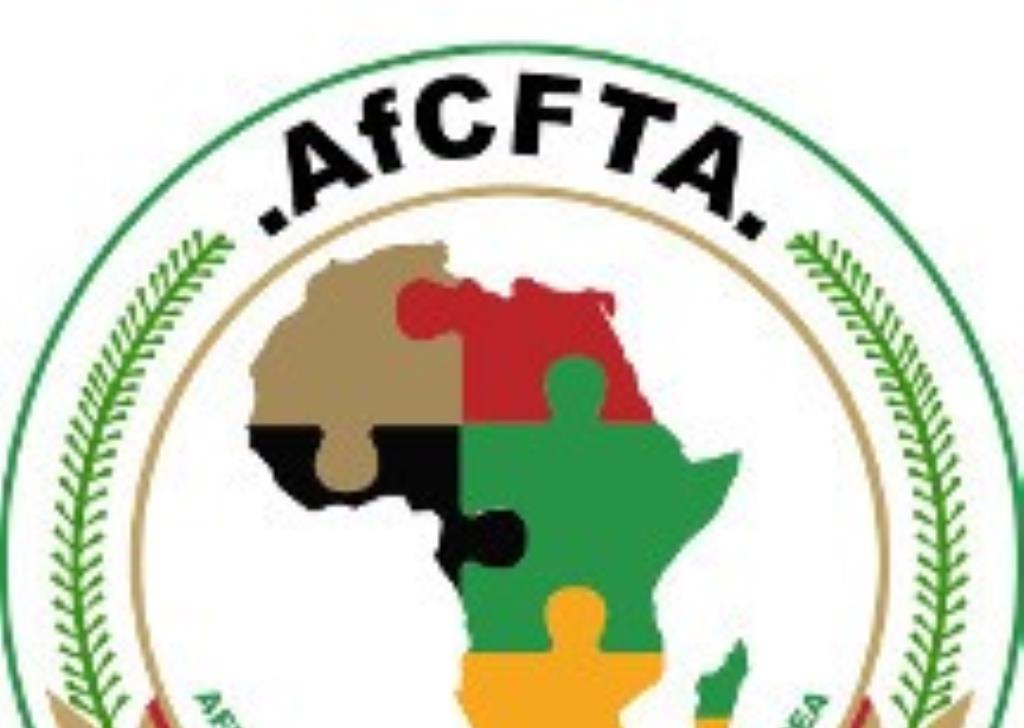Most large Zimbabwean firms not ready for AfCFTA
HALF of Zimbabwe’s large firms are not ready to compete in the Africa Continental Free Trade Area (AfCFTA), sparking fears the country might become a supermarket for products from other regions, as operationalisation of the trade agreement gathers momentum.
The Competition and Tariff Commission (CTC) revealed this at the AfCFTA Tariff Offer dissemination workshop held in collaboration with the Confederation of Zimbabwe Industry (CZI) in Harare recently.
It was also revealed that 33 percent of the large firms were ready to trade under this new continental trade agreement, while 17 percent said were not sure yet.
About 48 percent of medium entities also indicated they were not prepared to be competitors under this trade agreement and 38 percent said they were ready.
Industrialists highlighted a myriad of deterrents they perceived were hindering them from fairly competing with continental peers.
The AfCFTA is a broad trade pact entered into by the signatories of the Africa Union (AU).
It encompasses the free movement of people, goods, services, infrastructure and technology development across the continent.
It also involves cooperation between customs authorities over product standards and regulations, as well as trade facilitation, which will make it easier for goods to flow between Africa’s borders.
The development is expected to cover a market of 1,3 billion people and a gross domestic product (GDP) of $2.5 trillion, across all 55 member states of the African Union.
According to the CTC survey, local companies said Zimbabwe’s production costs have lately been exorbitant, influenced by multiple factors that include inflated production costs stemming from myriad of factors including cost of capital, turbulent macroeconomic environment, unavailability and higher electricity prices.
However, some quarters advised that local produce was not competitive due to the use of a strong United States Dollars for production which ultimately made Zimbabwe’s exports more expensive than regional peers who produce using local currencies.
Some analysts said last year’s exemption of duty on basic commodities was an eye-opener as locals immediately crossed borders for basic commodities whose prices were skyrocketing locally.
Moreover, the continued use of archaic and high energy-consuming machinery by a significant segment of the local industry, was partly causing local companies’ lack of competitiveness.
Some machines have a high electricity consumption, but there are now energy-efficient alternatives that effectively address the issue of soaring electric bills.
Zimbabwe signed the AfCFTA agreement for the industry tariff liberalisation, and is supposed to submit a schedule of tariff concessions where it agreed to liberalise 90 percent of goods (category A) in the first five years, then seven percent (category B) in the next ten years, then Category C where there not be any liberalisation.
Addressing industrialists at the workshop CTC senior investigating officer, Tawanda Katsande, said a significant chunk of local industry players had shown hesitation about working under the AfCFTA setup.
He said it is necessary to stay updated and adapt to the advancements in technology to stay relevant in the market.
“According to our survey, 50 percent of large firms are not ready to compete in the AfCFTA, they are hesitant to play ball under this oncoming arrangement. It could be just about the perception but many still feel they are not competitive working under this arrangement.
“Many have cited high production costs emanating from high cost of working capital, high cost of overheads, unreliable and expensive power tariffs and ultimately the use of USD as the working currency,” said Katsande.
He also said AfCFTA was not only about exporting but also about having access to some cheap raw materials that were subject to high tariffs in the past.
Katsande said local companies should up their game and produce quality products to be favoured by both local and external markets thereby creating effective demand.
“With the formulation of effective demand, it is easier to tap into the market of more than 1,3 billion people.”
The Competition and Tariff Commission in collaboration with CZI has been conducting awareness workshops on Zimbabwe’s preparedness in terms of implementation of AfCFTA mainly focusing on tariff offers.
Weighing in at the event CTC, Senior Investigator Chinyaradzo Phiri said; “Owing to the exorbitant costs of productivity in Zimbabwe, it is probable that the prices of commodities produced locally will remain at elevated levels. An in-depth analysis of the challenges faced by the country, including prolonged power shortages and outdated machinery, significantly impacts its competitiveness in the market.”
She said the tariff offer looks at how Zimbabwe is going to be opening up markets and also an opportunity to access other regional markets.
The event was to enable and prepare local industry in advance as the country explores bigger markets such as Nigeria and Ghana where Zimbabwe has previously not been trading as local trade was only skewed towards South Africa.
“The workshop was trying to prepare and know where the local industry’s potential for their finished products lies as well as sources of their raw materials.”
CZI Chief Economist Dr Cornelius Dube said doing business in Zimbabwe is not easy and working under AfCFTA was going to be tougher as local industries will now be competing with companies that have the latest technology.
“Producing in Zimbabwe is quite a task, cost per unit here is higher than somebody in some other regional country. The environment here is also a problem because if you look at the key enablers, the electricity now is very, very expensive, there is no rail network to talk about, it is quite exorbitant to transport all your products by road and when you go with the road, there are toll gates which have also been increasing lately.
“Our industry’s lack of competitiveness is simply because of the operating environment. That is why the industry is saying it is not ready, my worry is we are almost five years into this programme and we still look stagnant in terms of operating environment,” he said.
Africa is a highly dynamic market with a population projected to reach 2.5 billion by 2050, a point at which it will comprise 26 percent of what is projected to be the world’s working-age population, with an economy that is estimated to grow twice as rapidly as that of the developed world.
Critically, the continent has been spending so much money with millions heading to outlying destinations for goods and services that are available in Africa.
Intra-African trade is envisioned to immensely benefit the continent if executed to the maximum, the continent comprises a range of countries from those large and more developed, to those small and less developed.
-ebusinessweekly










